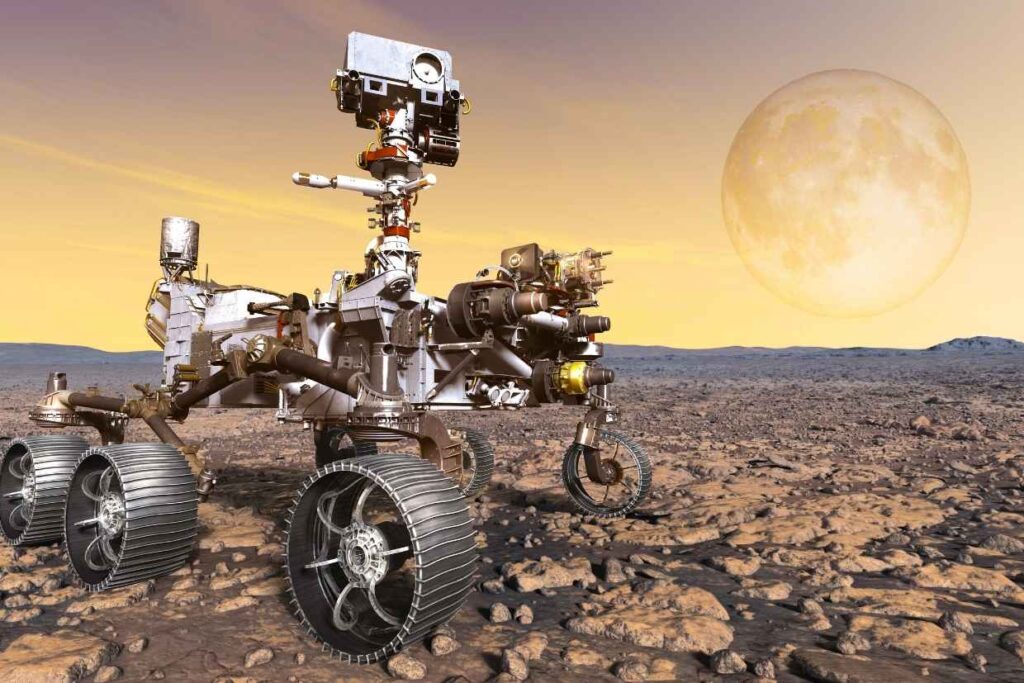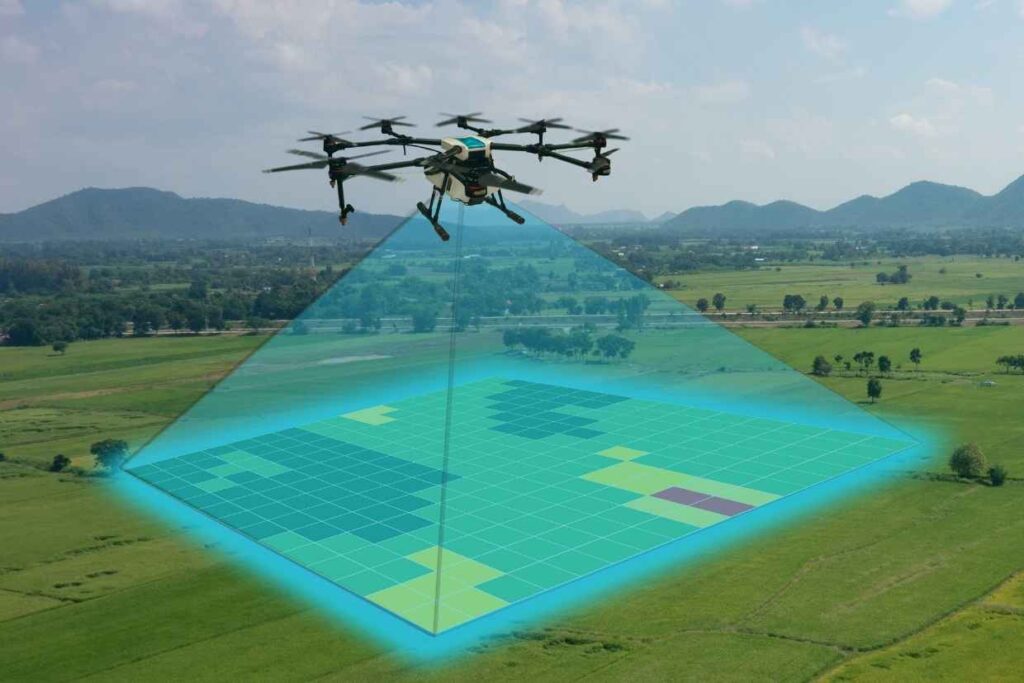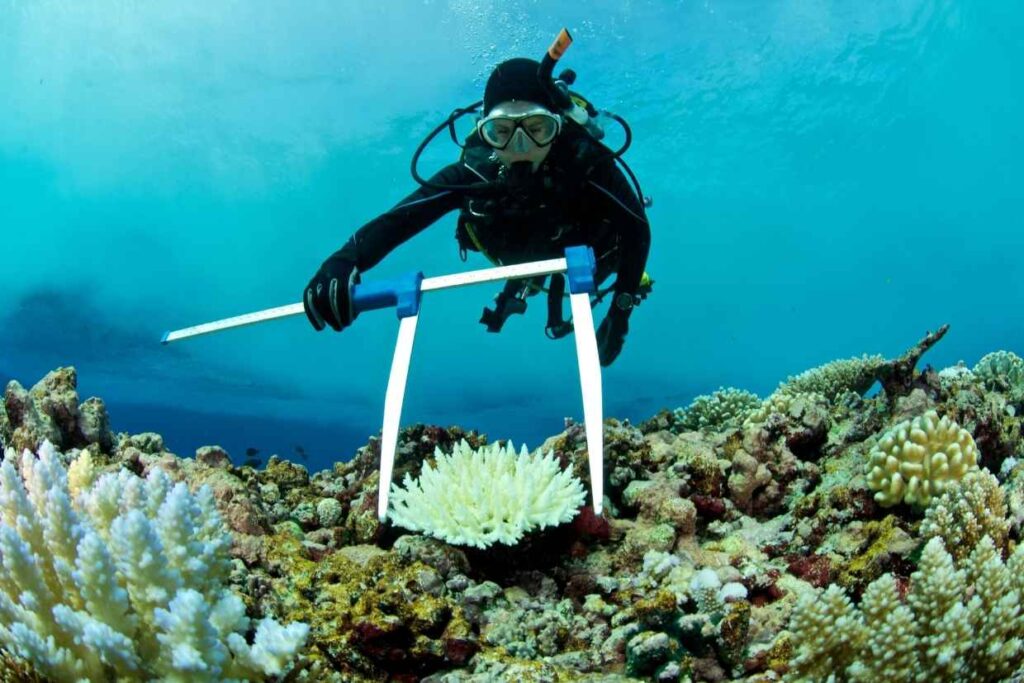WHAT IS A DATA LOGGER?

Have you ever felt like you were drowning in data? Like waves of numbers, statistics, and recordings threaten to crash over you if you don’t somehow start logging, tracking and organising it all? Well, my data-deluged friend, it might be time to get yourself a data logger. Now I know what you’re thinking – a data logger? How will some cold, heartless machine help organise the chaotic mess that my data tracking needs? Well, slow down there, my spreadsheet-slammed companion – this is not your grandad’s data recorder. The modern data logger has moved out of the warehouse and onto the cloud, integrating seamlessly into everyday 21st-century life.
At its core, a data logger is simply any device that records measurements over time and stores them on some kind of built-in media or transmitted storage. Back in the day, this was paper graphs or clunky magnetic tapes. But today’s data loggers utilise sleek digital storage and intuitive software not only to record but also to organise and even analyse measurements. The team over at DataLoggerInc. Tells me the most common use case is recording sensor measurement data – temperature, humidity, energy usage, you name it. But modern data loggers go far beyond boring old sensor stats. Today’s devices can record video and audio, track locations via GPS, monitor engine and machine performance, and much more. The potential applications are virtually endless. And the market clearly agrees. According to IndustryArc.com, the data logger market will explode in value from $1.3 billion in 2018 to over $2 billion by 2026. So it’s no surprise that products are becoming more versatile, user-friendly and closely integrated with regular routines.
For example, have you ever wanted a detailed graph tracking your jogging route, pace, heartbeat, and shoe wear over time? Well, lace up those Nikes and strap on a SavvyLog SmartWatch because this data logger lets you effortlessly record all that and more automatically during every future run. Plus, it analyses the data afterwards and provides customised insights to improve your performance. Now that’s a data logger I can get behind! But sport session statistics are just the beginning. The applications across industries are staggering. DataLoggerPro makes hardened, robust loggers perfect for industrial temperature and machine monitoring. LabLogger provides intuitive, versatile devices explicitly tailored for advanced experimental data recording. Even agriculture and marine life researchers are getting in on the action with high-end loggers from companies like Onset that allow ecologists to monitor remote locations.

And the most mind-boggling development? Hundreds of data loggers are now even taking to the skies, air, and stars! Scientists worldwide are utilising specially designed atmospheric data loggers on weather balloons, aircraft, rockets, and satellites. Even the Mars Rover Curiosity famously uses beefed-up interplanetary data loggers to record everything from radiation, pressure and temperature to crazy chemistry pH levels in freaking Mars rocks! Wild.
So, in short, my data-driven compatriots, unless you happen to be a turn-of-the-century factory foreman still scribbling steam pressure readings by hand, it’s high time you caught up with the latest innovations and got yourself an automated data logger built for the 21st-century. These devices empower everyone from athletes to astronauts to easily aggregate, analyse and store mission-critical information. Sure, at first glance, concepts like “measurements over time”, “built-in storage media”, and “customised sensor devices” may sound a bit storage-unit boring. But don’t judge a logger by its datasheet! Today’s slick data-recording gadgets, advanced analytics apps, and cloud-based platforms have sparked a real-world logging revolution. And with the global market still ballooning exponentially each year, it’s only just getting started.
GOING DEEPER INTO DATA LOGGER DESIGN

But before you grab your wallet and go logger shopping, let’s dive a little deeper into what these puppies are really made of. It may come as a surprise, but data loggers have actually been around since the early 1960s, first seeing use in industrial and scientific applications for simple time-based recording of voltages. Groundbreaking stuff at the time! This early tech utilised paper graph printouts and clunky magnetic tape for storage. Thank goodness we’ve come a long way from those dark ages! Today’s devices come packed with bleeding-edge tech that early data-logging pioneers could only dream of. We’re talking expanded memory capacities, integrated cloud uploads, complex embedded sensor arrays, intuitive software dashboards, and revolutionary microprocessors that make everything streamlined and user-friendly, even for novices.
Most modern data loggers provide robust, standardised connectivity ports that allow users to plug and play a diverse array of external sensors to meet specialised recording needs. Whether anemometers on a wind turbine, LiDar on a surveying drone, or a fever thermometer at the hospital, today’s expandable logger design empowers true customisation for any industry or use case. Even the storage mediums themselves have evolved drastically, with magnetic tapes replaced by compact flash memory boards and cloud-based data warehouses. And power-sipping silicon chipsets alongside advanced battery tech allow round-the-clock operation even on small, portable devices.

Speaking of portability, today’s data loggers come in a dazzling array of form factors as well, from puny USB-stick devices that discretely plug into laptops all the way up to hardened exterior stainless steel models able to withstand Antarctic expeditions or trips to Mars—truly impressive flexibility.
Backing these revolutionary leaps in design is an ever-growing list of manufacturers pushing the limits. Industry leaders like Onset, AeonLabs, and Monarch combine forces with innovative startups like EcoGreen, Zoadio, and SIQ to drive a golden logging age. Exciting times ahead as new players continue disrupting old ways!
I genuinely believe we are witnessing a modern renaissance driving the humble data logger far beyond its simplistic origins. Make no mistake – this revolution reaches from tiny embedded sensors in athlete smartwatches all the way to the very edge of our solar system.
So join the revolution, my excel-spreadsheet brethren! Toss out those dusty ledgers, calibrate those transducers, and let the sweet streams of perfectly recorded, analysed and stored data wash gloriously over you. The modern data logger promises a bright new future free from clipboards overflowing with sloppy handwritten charts. A new era where even rocket scientists can log Ph levels on Mars with ease.
Get ready for liftoff because a brave new world of intuitive and automated data logging awaits! Just don’t forget your smartwatch – because data’s always better with graphs.
HOW DATA LOGGER HELPS SOME UNIQUE NEEDS OF PEOPLE
Alright, so by now, you’re probably itching to run out and grab one of these modern marvels for yourself. But with countless options on the market, let me help you narrow down the ideal logger suited to your unique needs.
FOR THE ADVENTUROUS ATHLETE

You may be an extreme athlete who wants to analyse jump height, trail pace, heart rate patterns and more both on and off the slopes. In that case, you’ll want a durable yet non-intrusive data logger seamlessly embedded into innovative fitness gear.
The new SavvyLog SmartWatch checks all those boxes, offering long-life lithium-ion batteriesa to keep recording through any expedition while still maintaining a sleek, non-bulky wristwatch design. Automatic syncing ensures data moves from slopes to cloud analytics, and the SavvyLog ecosystem provides easy data visualisation and tools to turn recordings into real athletic insights. Think custom slice-and-dice performance dashboards, trend analysis, pattern recognition and even AI-driven training recommendations. Now, that’s leveraging logging for competitive advantage!
FOR THE INDUSTRIAL ENGINEER

Say you’re researching energy efficiency for large-scale industrial plants. Monitoring kilowatt-hours used, grid demand spikes, boiler performance and other metrics around the clock could prove invaluable.
In such a case, you need maximum configurability and sensor options coupled with highly rugged construction to withstand harsh factory environments. DataLoggerPro offers hardened stainless steel industrial loggers explicitly designed for this. Their DLPro3000 model allows over 100 plug-and-play sensor options for both analogue sensing and digital BUS protocols. Robust metal enclosures with IP67 environmental sealing allow these loggers to go anywhere and record anything. An integrated LTE cellular modem even enables real-time streaming analytics and notifications. Perfect to keep that boiler running at peak!
FOR THE MARINE BIOLOGIST

If you’re a passionate marine scientist researching delicate oceanic ecosystems, having granular climate details like water temperature, tide fluctuations, and storm swell size could offer invaluable environmental insights. But good luck manually recording all that at sea!
Remote environmental data logging solutions are must-haves for this field. Onset’s HOBOware logger systems are perfect for scientists needing compact, portable devices to monitor ecosystems in hard-to-reach places. Their rugged, low-power designs allow multi-year uninterrupted recording no matter the location. And also combining waterproof titanium cases with flexible sensor options makes capturing any variable a breeze – whether it be the pH of a fragile reef or salinity on the high seas. Best of all, the HOBOlink cloud platform transmits datasets directly to shoreside labs for rapid analysis anytime. Now, just read the trends and patterns at your desk rather than on deck!
In summary, The Use Case Possibilities Are Endless!. I mean, look around at the trends towards instrumentation, interconnectivity and automation happening everywhere. It’s clear that whoever leverages flexible, versatile data-logging solutions will have competitive advantages galore in this new decade. The world already relies on a web of data. So be at the centre by intelligently recording your own!

